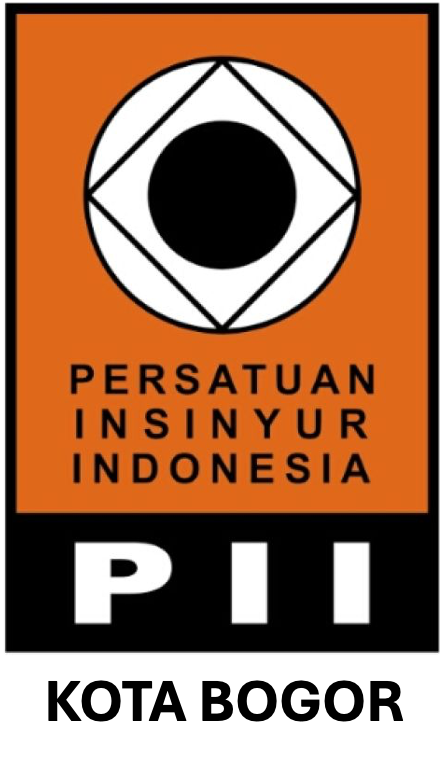Water Balance Analysis and Design of Water Resources Conservation in Prumpung Watershed, Tuban District, East Java
Abstract
Development of the region will increase water requirement. Increased water use will influence human intervention on water resources. The purpose of this study were to analyze water availability and water demand, and to provide recommendation of conservation to increase water storage capacity in Prumpung basin, Tuban. Prumpung basin geographically located between three sub-districts: Bancar, Kerek and Tambakboyo with an area of 22.319,14 ha. The calculation was conducted using water balance analysis. The total water requirement in Prumpung watershed in 2014 was 138.295.090,73 m3/year and water availability was 64.157.428 m3/year. It meaned that in 2014 Prumpung watershed had water deficit of 74.137.662 m3/year and need water conservation program. Conservation programs were conducted by using artificial well, rorak terrace, and retention pond. The number of conservation unit required were 53.281 units artificial wells, 1.077.708 units rorak terrace, and 72 units retention ponds which can absorb water of 142.665.013 m3/year. Total cost required was Rp 516.823.553.224,00.
Keywords: conservation design, water availability, water balance,water deficit, water requirements
Downloads
Authors who publish with Jurnal Teknik Sipil dan Lingkungan, JSIL agree to the following terms:
a. Authors retain copyright and grant the journal right of first publication with the work simultaneously licensed under a Creative Commons Attribution License that allows others to share the work with an acknowledgment of the work's authorship and initial publication in this journal.
b. Authors are able to enter into separate, additional contractual arrangements for the non-exclusive distribution of the journal's published version of the work (e.g., post it to an institutional repository or publish it in a book), with an acknowledgment of its initial publication in this journal.
c. Authors are permitted and encouraged to post their work online (e.g., in institutional repositories or on their website) prior to and during the submission process, as it can lead to productive exchanges, as well as earlier and greater citation of published work (See The Effect of Open Access).










